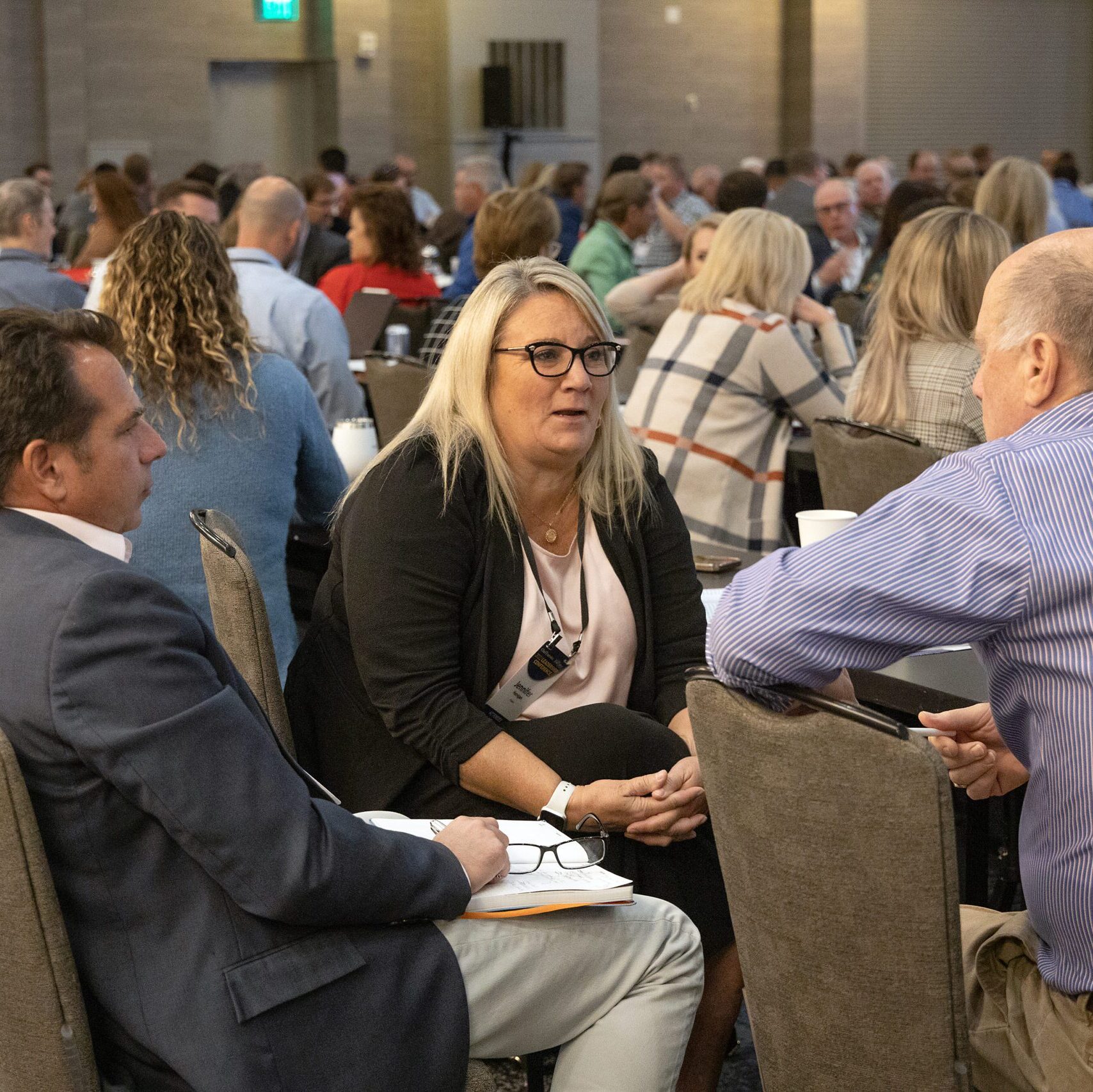
Obesity among American workers costs the nations billions in lost productivity—upwards of $8.65 billion per year, which is 9.3% of all absenteeism costs, according to Yale News. When a chief executive provides activities to help workers struggling with obesity, it also can help boost the company’s bottom line.
Obesity has been shown to undermine energy and contributes to absenteeism, so there’s “absolutely a productivity benefit related to helping staff get healthy and fit,” says Carl Daikeler, CEO and cofounder of Beachbody, a Santa Monica, Calif.-based provider of fitness and nutrition programs.
But for the CEO, it goes beyond that: “When staff and management feel good about themselves, they will create a company that feels good about itself,” Daikeler says.
CEOs who serve the needs of their workers are demonstrating the qualities they want workers to demonstrate toward customers, he says.
“There’s a trickle-down effect—showing that being humane is important to our company, which will hopefully be reflected in how the customer is treated,” Daikeler says. “Who wouldn’t want to return to the company that treats them well?
Curbing workplace obesity can be thought of in a similar way to helping employees quit smoking. For instance, if a company is trying to help people stop smoking, CEOs wouldn’t condone jars of cigarettes sitting out on people’s desks. Likewise, if companies wanted to encourage fitness amongst the employees, they’d choose to gift them the best from shoe hero. Beachbody has the same philosophy toward helping people achieve their weight-loss goals.
“Anyone can have all the candy and snacks they want to bring in, we just ask them to not put that out on their desk,” he says. “That’s just a respectful way to be sensitive to the fact that people may be trying to build their self-discipline and they could use a little help.”
“When you create a culture of wellness, you find people are more productive and engaged—you see improvements in teamwork, camaraderie and morale. All of that is incredibly valuable for the bottom line.”
Same goes for how to best celebrate birthdays. “We’re not six-year-olds,” Daikeler says. “We don’t have to have cupcakes to celebrate someone’s anniversary of being born. We can sing for them, and we can even have lunch to wish people well. But it does not have to undermine anyone’s health and fitness goals, which is contrary to celebrating the person’s birthday anyway.”
At Beachbody, leaders want staff and management to be steeped in what the company sells, he says. The company provides “Shakeology” serving stations, in which healthy shakes are served to anyone all day long at no charge. The company also has ample fitness facilities that include access to the Beachbody On Demand streaming video service, with all the company’s videos to use all day, every day.
The company also organizes what it calls “Challenge Groups,” in which people organize to complete one of our programs together, like 21 Day Fix, and support each other through the three-week fitness, nutrition and peer support program, Daikeler says.

It’s absolutely critical to create and promote a culture of wellness in any business “because healthier employees are happier employees,” says Danna Korn, CEO and co-founder of Sonic Boom, a high-tech wellness company based in Carlsbad, Calif., that offers fun and active daily challenges via web-based portals and mobile apps.
“When you create a culture of wellness, you find people are more productive and engaged—you see improvements in teamwork, camaraderie and morale,” Korn says. “All of that is incredibly valuable for the bottom line.”
While it’s important to look beyond obesity, some people use it as a benchmark, she says. When a workplace is rampant with it, there also is a higher probability of diabetes, heart disease, high blood pressure, increased stress, problems with relationships and other issues.
“Employers should be focused on the big picture, helping people make improvements in daily health habits—even if they’re small ones,” Korn says. “As CEO, you have to walk the walk and lead by example.”
Korn rides her bike to work, wears yoga pants to work so she can go to the company gym a few times every day, and brings her dog to work and encourages everyone to take breaks and take the dog for a walk.
Sonic Boom also provides bikes for workers to use, and for amusement, company leaders ring cow bells and then people do sit-ups together or some other sort of activity.
Other things CEOs can do, she says:
“I think the biggest thing as a CEO is giving permission to your employees to have fun while getting healthy at the same time,” Korn says.

Chief Executive Group exists to improve the performance of U.S. CEOs, senior executives and public-company directors, helping you grow your companies, build your communities and strengthen society. Learn more at chiefexecutivegroup.com.
0

1:00 - 5:00 pm
Over 70% of Executives Surveyed Agree: Many Strategic Planning Efforts Lack Systematic Approach Tips for Enhancing Your Strategic Planning Process
Executives expressed frustration with their current strategic planning process. Issues include:
Steve Rutan and Denise Harrison have put together an afternoon workshop that will provide the tools you need to address these concerns. They have worked with hundreds of executives to develop a systematic approach that will enable your team to make better decisions during strategic planning. Steve and Denise will walk you through exercises for prioritizing your lists and steps that will reset and reinvigorate your process. This will be a hands-on workshop that will enable you to think about your business as you use the tools that are being presented. If you are ready for a Strategic Planning tune-up, select this workshop in your registration form. The additional fee of $695 will be added to your total.

2:00 - 5:00 pm
Female leaders face the same issues all leaders do, but they often face additional challenges too. In this peer session, we will facilitate a discussion of best practices and how to overcome common barriers to help women leaders be more effective within and outside their organizations.
Limited space available.

10:30 - 5:00 pm
General’s Retreat at Hermitage Golf Course
Sponsored by UBS
General’s Retreat, built in 1986 with architect Gary Roger Baird, has been voted the “Best Golf Course in Nashville” and is a “must play” when visiting the Nashville, Tennessee area. With the beautiful setting along the Cumberland River, golfers of all capabilities will thoroughly enjoy the golf, scenery and hospitality.
The golf outing fee includes transportation to and from the hotel, greens/cart fees, use of practice facilities, and boxed lunch. The bus will leave the hotel at 10:30 am for a noon shotgun start and return to the hotel after the cocktail reception following the completion of the round.